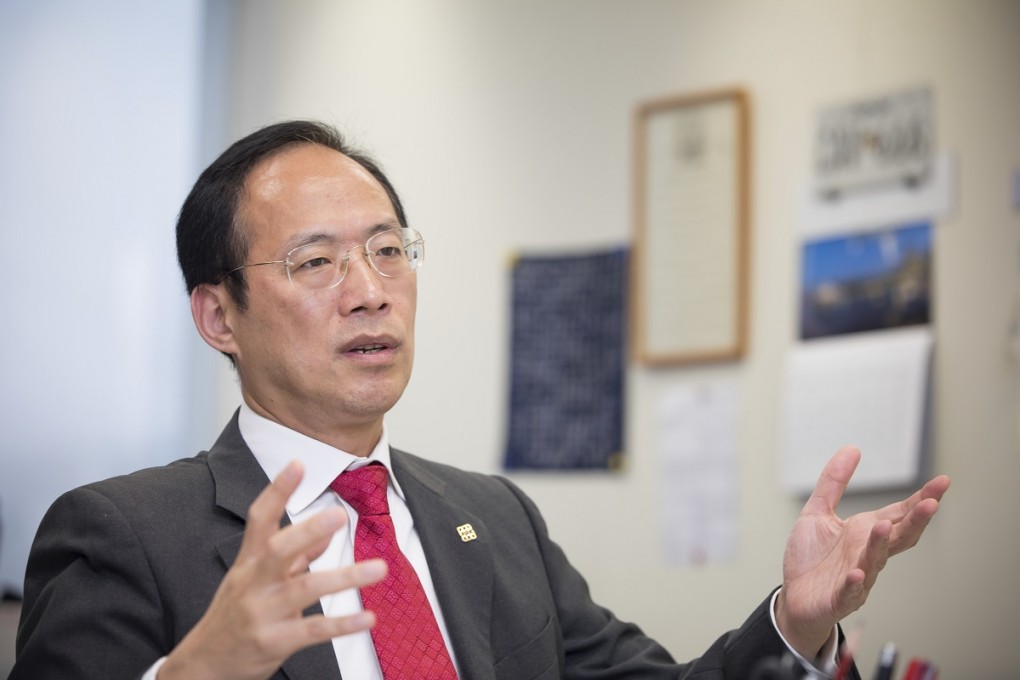PolyU is renowned for its contributions to space exploration
[Sponsored article] Research teams at The Hong Kong Polytechnic University (PolyU) have been involved in many ground-breaking projects. But it’s the university’s contribution to space exploration that has captured the public’s imagination.

[Sponsored article] Research teams at The Hong Kong Polytechnic University (PolyU) have been involved in many ground-breaking projects. But it’s the university’s contribution to space exploration that has captured the public’s imagination.
Ingenious tools and devices, conceived and built to the most precise specifications at the university, have been on board high-profile missions to the moon, and to Mars. The tools and devices have brought back critical data to add to our knowledge of the solar system.
Now, with a string of successes and a growing international reputation, the university wants its multi-disciplinary approach to inspire new breakthroughs in space exploration. It hopes that China’s lunar programme, and other space agencies, will be able to make use of its discoveries.
“A conceptual design usually originates with one of our professors, who make a point of knowing what future missions are aiming to achieve,” says Professor Alex Wai Ping-kong, PolyU’s vice president for research development. “If an idea looks viable, that leads to an extensive process of planning, prototyping, and testing. Much of the practical work is undertaken by engineers and systems specialists at the PolyU Industrial Centre.”
The key to success is being able to meet the functional specifications set out by the mission. These specifications spell out the exact performance requirements for every tool or moving part, and set the parameters for weight, size, power usage, temperature range, and mechanical interfaces. The aim is to ensure that even the smallest items that are sent into space will function as planned.

“There is so much at stake. If you supply a tool, you must ensure there is no possibility of it going wrong,” Wai says. “The development process is an iterative effort. We start from proof of principle, then we demonstrate feasibility. We then produce a brand-new tool which can be relied on to do its job in untried, low-gravity conditions.”
